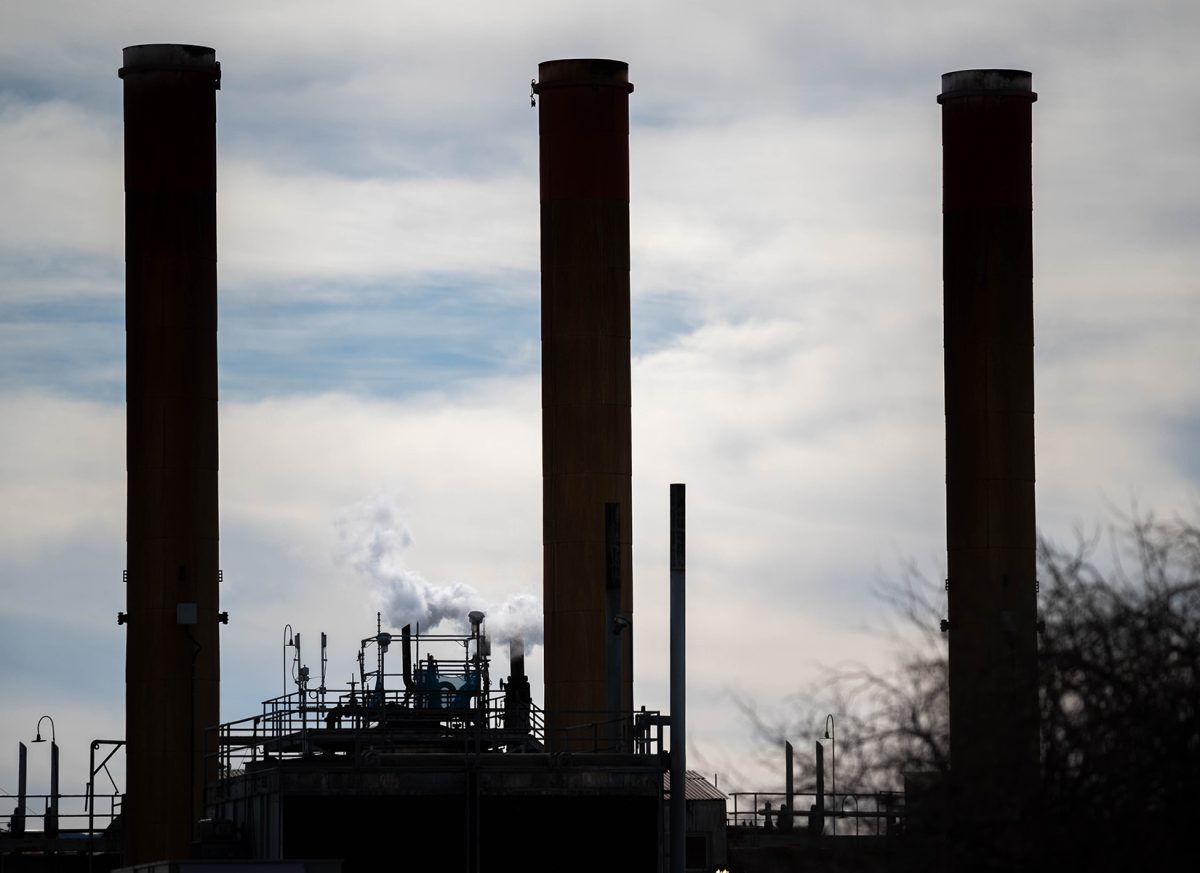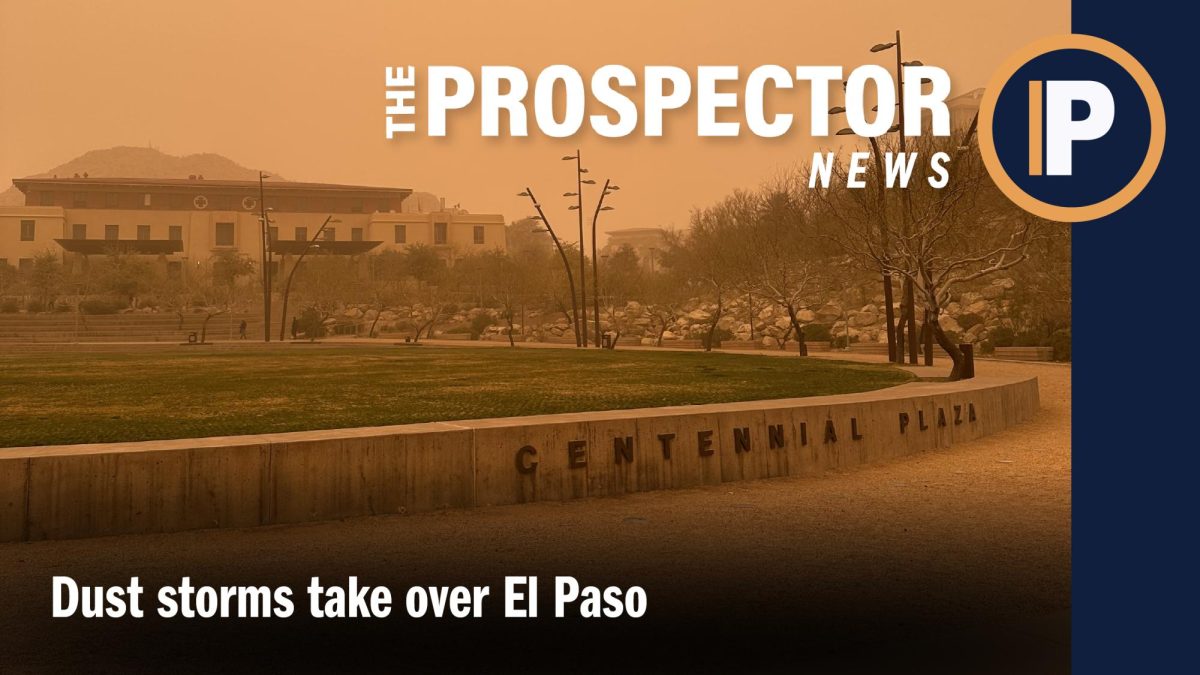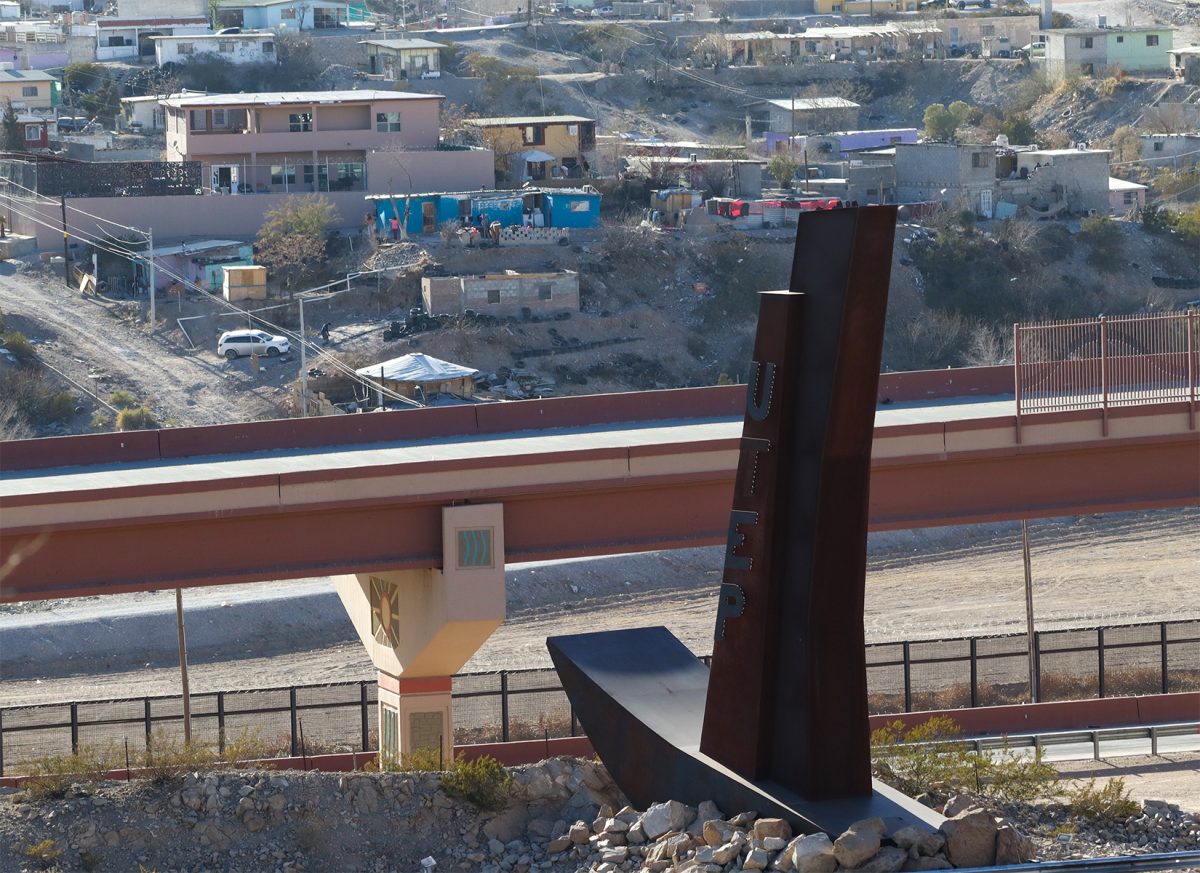There is one thing many residents have in common, seeing El Paso’s sky slowly becoming a bit foggier. In 2022, the American Lung Association reported 40 days of unsafe levels of ozone in the city, making the greenhouse gas emission problem persistent. Greenhouse gases, like carbon dioxide, methane, nitrous oxide and other gases traps heat inside of the atmosphere, contributing to climate change.
The accumulation of cars on the border, El Paso’s refineries, lack of the use of reusable energy and other actions have decreased the air quality. El Paso refineries have seen a gradual increase in emissions around the city. In 2022, a Newman power plant, owned by the El Paso Electric Company, reached a record high of 1,332,141 in carbon dioxide emissions.
With prolonged exposure to ozone pollution, breathing problems, chest pain and throat irritation can occur.
El Paso officials say they have begun to take the first steps towards cleaner air. Senior Climate Program Manager of El Paso, Fernando Liaño says that in early January of this year, the city started developing plans to address climate change and sustainability for the region. The final draft of the plan is expected to be ready in the fall of 2025.
According to the National Oceanic and Atmospheric Administration, El Paso is one of the cities in the United States that receives the most sunlight. Even with the opportunity to rely on solar or wind energy, the city currently does not have a high percentage of renewable energy usage.
“(The percentage) is not very high (of) our renewable energy portfolio,” Liaño said. “What has been increasing reluctantly at a steady pace is the residential introduction of solar panels in individual households. Again, the percentage is not very high either so that’s something that is been growing, but it’s not where we want it to be.”
El Paso is predicted to have a higher frequency of triple degree weather this summer consequently.
“Last year, we got to 60 plus days of 100 degrees or more in the summer, when the average for El Paso was up to 16 or 20 days,” Liaño said. “What the national data report is telling us is that we can expect, (although) there is some uncertainty in this data, to keep seeing the increasing frequency of 100-degree days.”
There have been several organizations in the community that have expressed concern about El Paso’s climate change. Amanecer People’s Project is an advocacy organization and political entity started in 2019. They rally against environmental policies that they believe will harm the environment. Co-founder and organizer for Amanecer People’s Project, Miguel Escoto, says the mission for the organization is to have a cleaner city.
“Our goal is winning clean air, clean water, and community power here in El Paso,” Escoto said. “We understand that there needs to be a shift in decision-making power in our city, away from the polluting elite, and towards the people. We focus on reducing pollution and improving health here in the city.”
Escoto says that ‘people power’ is the most important thing required for change.
“In order to change the way power works in the city, we (Amanecer People’s Project) need to build people power,” Escoto said. “We have over 100 members now, we’ve grown substantially since our previous campaigns. Here in the city, we led the climate charter ballot initiative project.”
Although El Paso is expected to have more frequent days with triple degree weather, officials and citizens are working towards a cleaner city. With collective efforts from around the city, El Paso skies can become clearer and safer.
Sofia Sierra is a staff reporter and may be reached at [email protected]









